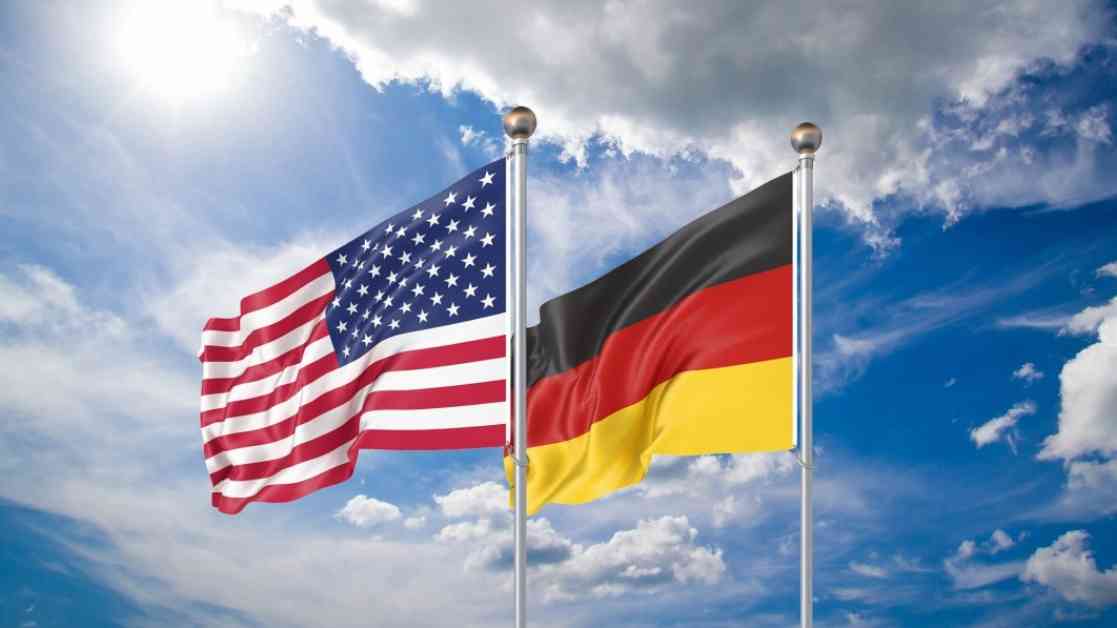Trade dynamics between the US and Germany are witnessing a significant shift, with the US emerging as Germany’s top trading partner in the first quarter of 2024, replacing China. This switch in trade partners can be attributed to growing concerns over various geopolitical issues, such as the Russia-Ukraine conflict and escalating competition in the electric vehicle industry.
The trade volume between the US and Germany stood at 63.2 billion euros in the first quarter of 2024, surpassing the 60 billion euros of trade between China and Germany during the same period. While the difference may seem marginal, it underscores a broader trend of changing trade patterns influenced by global politics and economic competition.
One key area of contention between China and Germany revolves around electric vehicles. The European Union recently imposed tariffs on Chinese electric vehicles, mirroring the US decision to levy 100% tariffs on Chinese EVs. These tariffs aim to counter what European officials perceive as unfair advantages gained by Chinese EV manufacturers through government subsidies amounting to $231 billion since 2009.
The EU tariffs on Chinese EVs come against the backdrop of a significant increase in Chinese EV sales in Europe, with the market share rising from less than 1% in 2019 to 8% in 2023. Germany, in particular, witnessed a tenfold increase in the number of Chinese EVs imported from 2020 to 2023, accounting for about 41% of the country’s total EV imports from January to April.
However, German automakers like BMW, Porsche, and Volkswagen heavily rely on the Chinese market, with nearly one-third of German car sales in 2023 originating from China. This reliance makes the German automotive industry particularly vulnerable to potential trade disputes between the EU and China.
In light of these developments, Germany’s economy minister, Robert Habeck, engaged in discussions with Chinese officials in Beijing to address trade concerns. Chinese authorities expressed hope for the EU to reconsider their tariff proposals, even suggesting potential incentives for German automakers to ease trade tensions.
The strained trade relations between Germany and China were further exacerbated by China’s support for Russia’s actions in Ukraine. This support, combined with supply chain disruptions due to conflicts in the Red Sea, led to a 14% decline in German exports to China in May, highlighting the fragility of their trade ties.
While the US trade policy under both the Trump and Biden administrations has focused on protecting American manufacturing through tariffs on China, the European approach remains less certain. As Chinese and European officials convene to discuss trade matters further, decisions regarding the imposition of tariffs will shape the future of trade relations between these regions.










